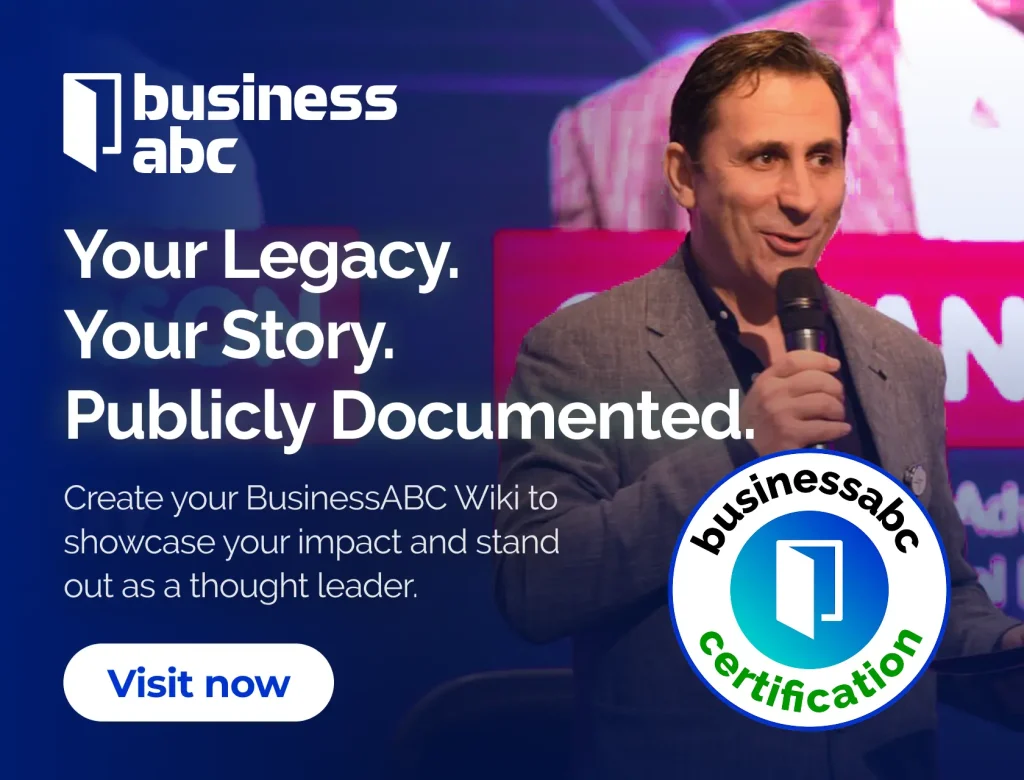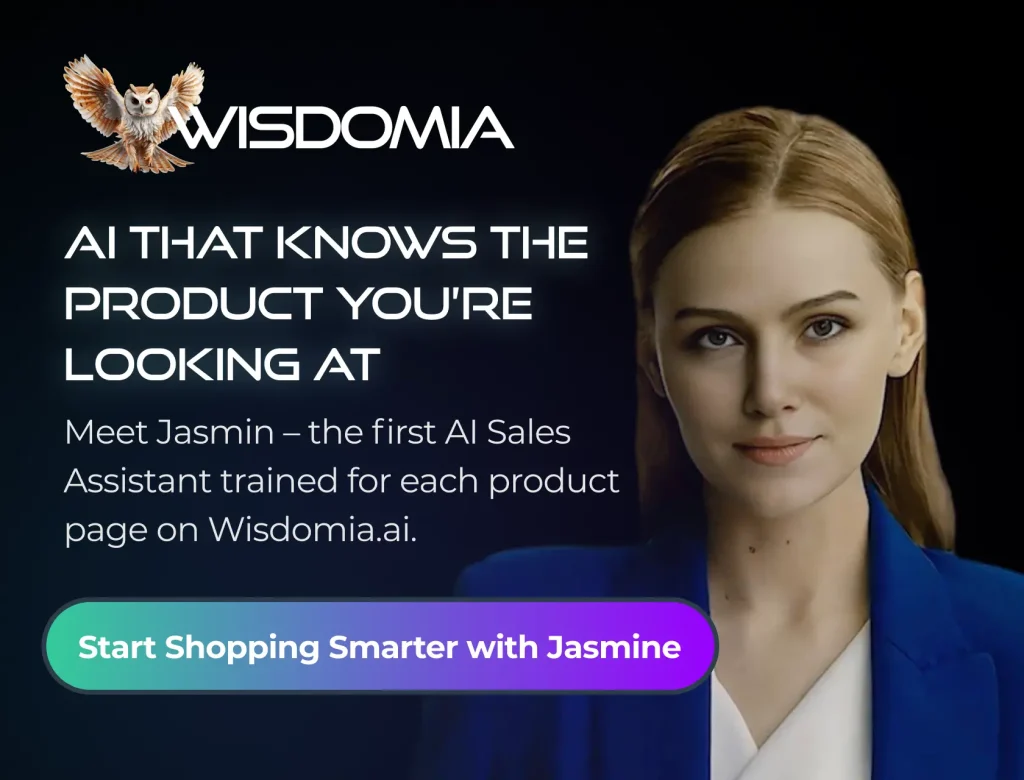In the latest episode of the Dinis Guarda Podcast, Debbie Soon, Co-Founder and Chief Growth Officer at HUG, discusses the integration of blockchain, AI, and Web3 in reshaping art ownership, digital twins, and brand collaborations. The podcast is powered by Businessabc.net, Citiesabc.com, Wisdomia.ai, and Sportsabc.org.

Debbie Soon is a Co-Founder and Chief Growth Officer at HUG, a social marketplace designed to support creators in showcasing and selling their work on-chain and off-chain. Debbie is also an author of Digital Mavericks: A Guide to Web3, NFTs, and Becoming the Main Character of the Next Internet Revolution released by Wiley.
She worked at ONE Championship in key strategic roles. She launched three multimillion-dollar businesses in media, esports, and e-commerce. She helped grow ONE’s direct-to-consumer online business from zero to $2 million in annual revenue within eight months.
During the interview with Dinis Gaurda, Debbie Soon discusses the impact of blockchain and AI on brand-consumer communication. Debbie says,
Things like blockchain and AI are opening up more ways that brands can communicate with customers… it no longer has to be a one-way conversation; it can actually be a two-way conversation.
It makes for a much better customer experience and creates much more loyal customers because they feel like they’re part of the creation and the collaboration process.”
AI as a creative collaborator
Debbie discusses the intersection of AI and art, acknowledging both the disruptive potential of AI tools and their ability to enhance creativity.
“There is a bit of a misconception… AI tools can do pieces that would take artists months or years to create. Some artists are absolutely… at odds with it.
AI is here to stay… it’s encouraging you to think more creatively, to think outside the box, or to really think about what your special edge is.
Now everyone can be creative… just like how the phone camera makes it easier for anyone to capture special moments.
When the camera first came out, painters were probably threatened by it… and now with digital cameras and phone cameras, everyone can be a photographer.
If you look at AI more as a collaborator rather than somebody trying to take away your job… you can really unlock even more things.
AI in that sense does the same thing as our brains… the only difference is that it does it so fast and effectively.
It still requires you to have a level of discernment… when something is completely AI-generated, it feels soulless.
Don’t be afraid of it… the more informed you are about how you want to engage with it, the better.”
As the interview continues, Debbie discusses her work with Stability AI, highlighting how they helped creators integrate AI as a collaborative tool in their artistic processes
“We essentially introduced them to what AI is and how we look at AI as a collaborative tool.
Some artists have such a distinct style that yes, it was created through AI, but it’s a style that I couldn’t replicate.
Stability AI provided creators with the tooling and more technical guidance in terms of how they could incorporate that into their work. We take them through a structured program… it’s also about accountability.
It gave people the opportunity to learn together… ask each other questions whenever they were unsure about something. Having access to these cutting-edge tools to really bring whatever ideas they have in imagination into reality.”
HUG: Revolutionising art with blockchain and AI
HUG (acquired by dotART) is a social marketplace for artists to sell digital and physical goods while connecting with other artists and art enthusiasts. Founded in 2022 by Randi Zuckerberg, the creator of Facebook Live and a Tony Award-winning Broadway producer, HUG aims to support artists in becoming successful creative entrepreneurs. The platform focuses on providing opportunities, education, and technology to increase accessibility to the arts.
Debbie discusses the history of HUG,
“I met Randy in a Discord server in one of the NFT communities… we then jumped on a Zoom call a week later, and the rest is history.
HUG was born out of a mission to really empower all artists and creatives to become successful entrepreneurs… we wanted to build a platform where creators could feel supported in their journey and be equipped with the tools and resources to make a living from their creativity.”
Debbie also shares HUG’s growth and community-building:
“It started off as such a small community on the internet… the first couple of hundred artists were directly recommended by this community.
Web3 is inherently global from day one… even our first few hundred members were already spread across Asia, Europe, the US, South America, and Africa.
We were really big on education… we had a lot of courses on how creators could use blockchain technology to enhance their craft, find new collectors, and monetize their work in new ways.
“We introduced creators to how generative AI could be viewed as a tool or collaborator and not to fear it… we wanted to make sure people were equipped with the knowledge to make their own decisions about how they wanted to use it.
We started collaborating with brands who were looking for innovative artists… we were able to connect those brands with the creators they were looking for.”
Talking about HUG’S partnership with .ART, Debbie shares,
“We had engaged in a partnership with them about a year ago… it was more of like a marketing partnership, and we would collaborate on content together.”
.ART has been around since 2016 or 2017. They are the largest domain name operator for the arts and creative industry, used by museums, galleries, and big global brands like Porsche for creative projects.
.ART has a huge network of over 400,000 domains and is very plugged into the more traditional side of the arts industry. On our side, we’ve been building tools for artists to showcase their story, portfolio, and achievements, almost like a virtual resume.
.ART has also built profile pages and blockchain tooling for verification of provenance — proof of ownership, who created the art, how it changed hands. We were using blockchain technology to allow artists to monetize their work directly. It just started to make sense coming together… it felt like a match made in heaven.”
Digital Twins: Redefining art ownership
Debbie shares insights into the concept of digital twins, explaining their role in the art world and how they can empower artists and creators:
“A digital twin is essentially just a public record of this painting existing… now it’s very clear who the original creator is, who the first buyer is.
A blockchain is essentially just a ledger… a public record book that anybody can access and anybody can verify that it is true.
If the buyer was then to sell it on to another buyer, that would also be recorded on the blockchain… proving this thing is authentic and it has changed hands. We can introduce a concept of royalties… royalties can be paid out to the artist anytime that painting were to change hands.
“Having that digital twin, having that record on the blockchain, allows royalties to be paid out to the artist anytime that painting changes hands.
Damien Hirst… gave people the option to either keep the NFT or to burn a physical painting… you had to make a decision by a certain date.
In the past, appreciating art felt like such a passive experience, but now as a collector, there are different ways that I can engage with the art piece and with the artist as well.”
Leveraging blockchain for art monetisation
Debbie discusses the process of monetising art through blockchain:
“NFTs are just one of many different ways that you can monetize your work… as a creator, you should be looking at many different ways to diversify your revenue streams.
We would always kind of bring them tools and resources and education on how they can monetize their artwork in different ways.
That could be taking a digital piece of artwork that you have sold as an NFT but also producing it as a print… it could be licensing your work to a brand… or working directly with brands and commissions. Blockchain all of a sudden it’s not just your entire livelihood, it’s just one piece of it.
Why not explore putting your work on a blockchain and exposing yourself to a whole new audience of digital art collectors?
All of a sudden I was able to start collecting pieces of art that I really resonated with… collecting art must be for people that are very wealthy and bougie… blockchain is one of the biggest democratizing aspects.
I’m now their collector and I’m now their supporter and I want to champion them so that eventually their future creations are going to go up in value.
It doesn’t mean that just because there’s something new and that it’s good, it doesn’t mean that you need to abandon everything that was working before as well.”

Shikha Negi is a Content Writer at ztudium with expertise in writing and proofreading content. Having created more than 500 articles encompassing a diverse range of educational topics, from breaking news to in-depth analysis and long-form content, Shikha has a deep understanding of emerging trends in business, technology (including AI, blockchain, and the metaverse), and societal shifts, As the author at Sarvgyan News, Shikha has demonstrated expertise in crafting engaging and informative content tailored for various audiences, including students, educators, and professionals.









